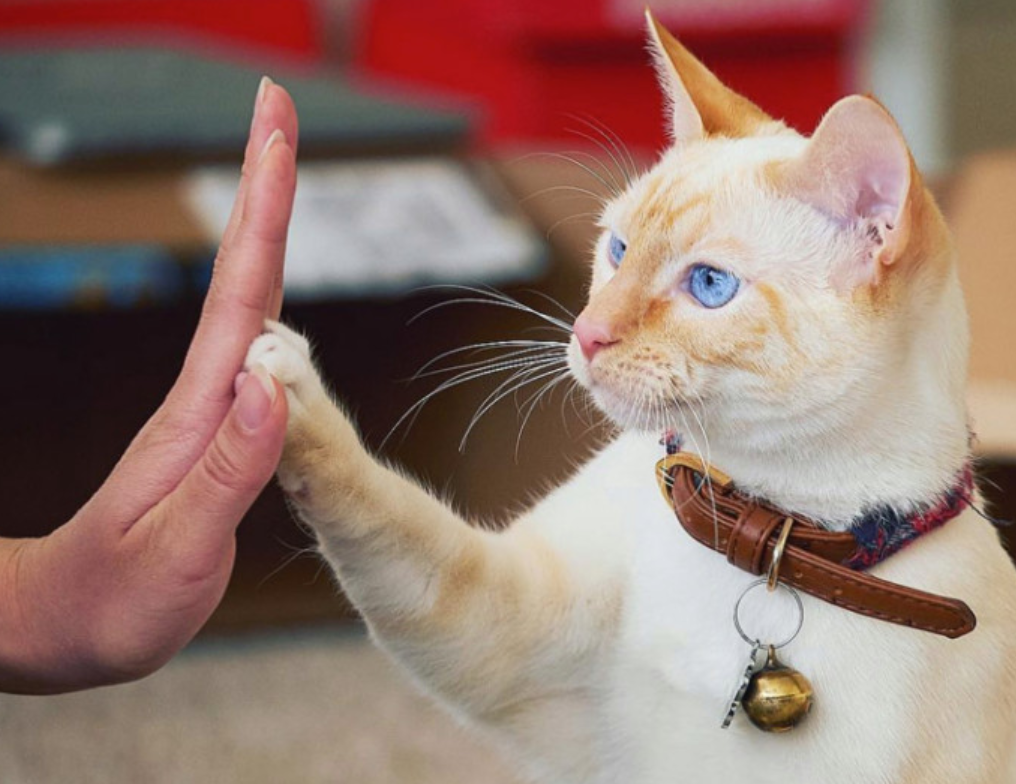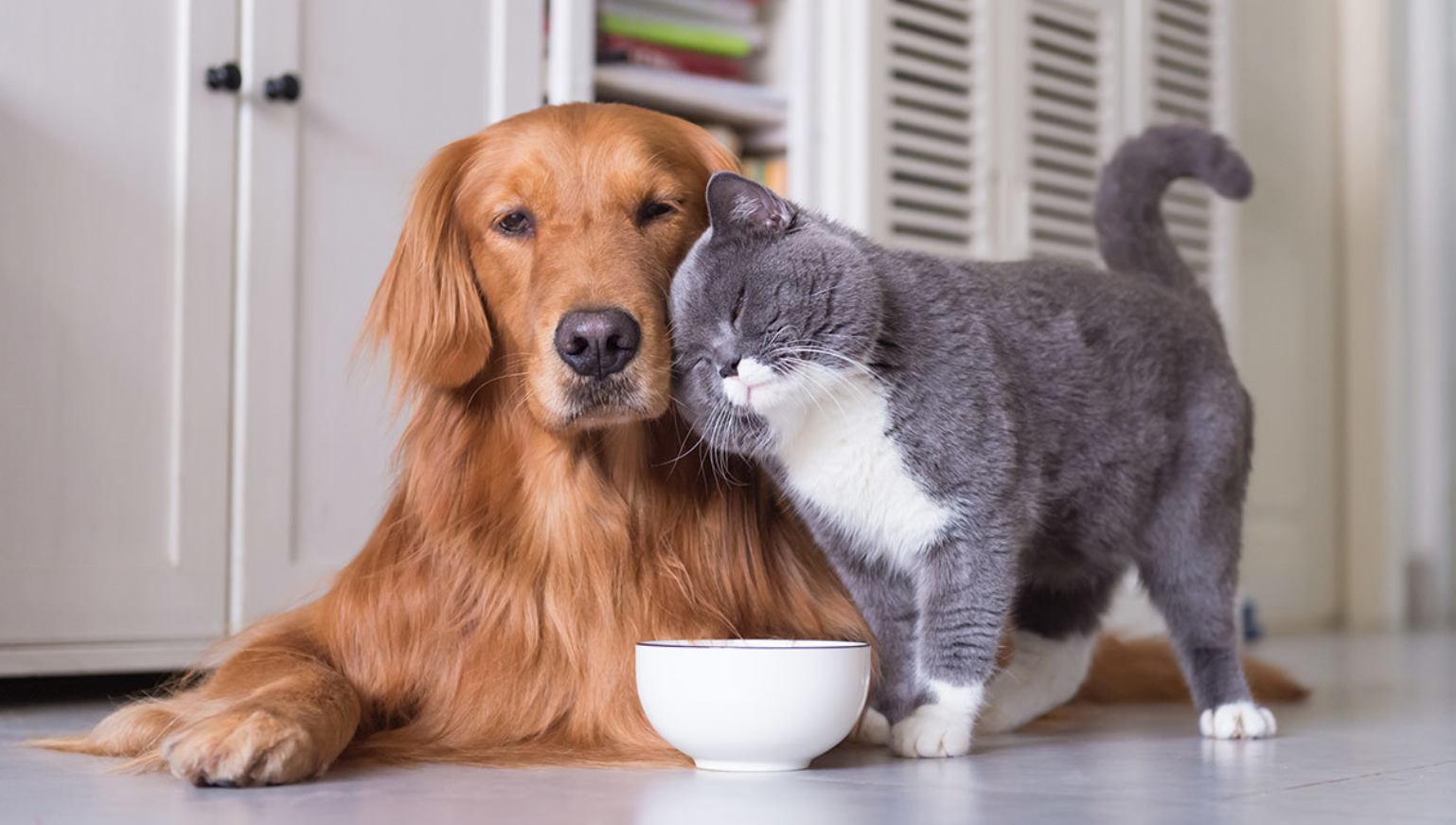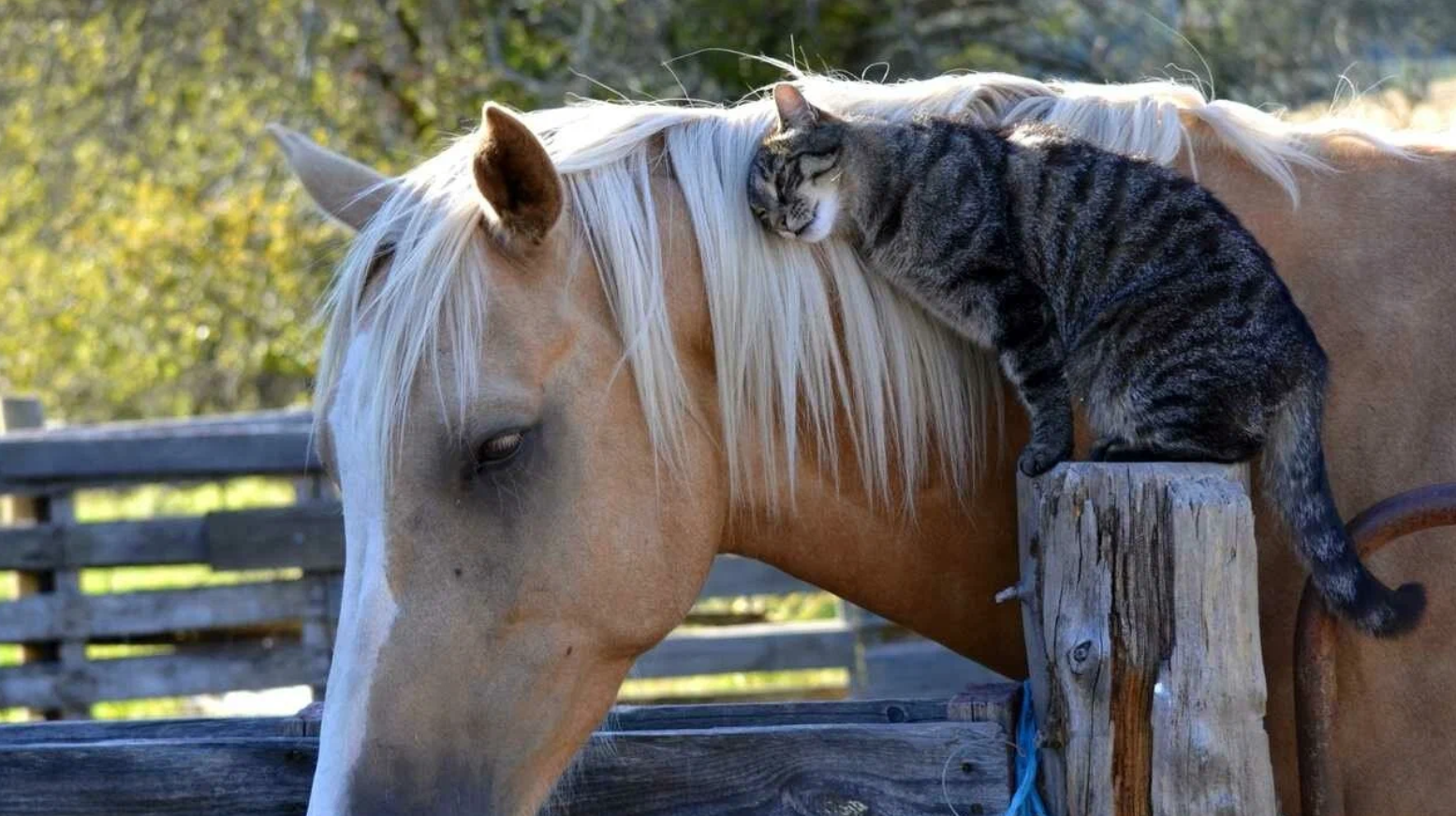Cats and dogs dirty at home

Cats and dogs can sometimes create a bit of mess at home, but their playful and loving nature often makes up for it! Here are a few common ways they can contribute to a dirty home, along with some tips for managing the mess:
Common Messes from Cats and Dogs:
Shedding Fur:
Dogs: Many breeds shed fur, especially during seasonal changes. This can lead to clumps of hair on furniture and floors.
Cats: Cats also shed, and their fur can cling to fabrics and carpets.
Tip: Regular grooming and using lint rollers can help manage loose hair. Vacuuming frequently can also minimize fur buildup.
Claw Marks and Scratches:
Cats: They may scratch furniture, carpets, or walls to sharpen their claws, which can lead to visible damage.
Dogs: Their nails can also cause scratches on floors and furniture, especially if they’re energetic.
Tip: Providing scratching posts for cats and keeping their claws trimmed can help protect your home. Training dogs to avoid scratching furniture can also be effective
Accidents:
Dogs: Puppies and some older dogs may have accidents indoors if not properly trained.
Cats: If a litter box is not cleaned regularly, it can lead to odor and mess.
Tip: Consistent potty training for dogs and regular litter box maintenance for cats can prevent accidents and maintain cleanliness.
Messy Eating and Drinking:
Dogs: Dogs can be messy eaters, often spilling food and water.
Cats: Some cats may spill water or litter outside the box.
Tip: Using mat placements under bowls can catch spills, and feeding raised bowls can help reduce messiness.
Toys and Playtime:
Both Cats and Dogs: Toys can end up scattered throughout the house, especially after a fun play session.
Tip: Designate a specific area for pet toys and encourage clean-up after playtime to keep things organized.
Embracing the Mess:

While pets can bring a certain level of mess to your home, their companionship and love often outweigh the inconvenience. Creating a cleaning routine and being proactive about managing pet-related messes can help maintain a clean living environment. Additionally, involving pets in play and exercise can enhance their happiness, leading to fewer destructive behaviors.
Would you like more tips on managing pet messes, or perhaps ideas for creating a pet-friendly space?
Certainly! Here’s another look at the messiness of cats and dogs in the home, along with some creative ways to manage the situation.
Understanding Pet-Related Messes
Cats and dogs bring joy and companionship, but they can also contribute to a messy environment in various ways:
Mud and Dirt:
Dogs: After outdoor play, especially in rainy or muddy weather, dogs can track mud and dirt into the house.
Cats: Although they are generally cleaner, cats can also bring dirt in on their paws after outdoor adventures.
Tip: Place mats at entryways to catch mud and dirt, and establish a routine to wipe down paws before entering the home. Having a designated area for outdoor gear can also minimize the mess.
Litter Box Issues:
Cats: If the litter box is not cleaned regularly, it can lead to unpleasant odors and messes outside the box.
Food and Water Spills:
Dogs: Sloppy drinkers can leave water all over the floor, and enthusiastic eaters may scatter kibble.
Cats: Cats can also spill water or food if their bowls are knocked over.
Tip: Use weighted or non-slip feeding bowls and consider a spill-proof water bowl to minimize mess. Placing a mat underneath can catch spills easily.
Chewed Items:
Dogs: Chewing on furniture, shoes, or other household items can create unsightly damage.
Cats: Cats may chew on houseplants or cords, which can lead to a mess or damage.
Tip: Providing plenty of toys and distractions can help satisfy their chewing instincts. Training and redirecting them to appropriate items can also be effective.
Bedding and Sleeping Areas:
Both Pets: Cats and dogs often shed fur and can create a mess in their sleeping areas.
Finding Balance

While cats and dogs can certainly create a mess at home, their playful nature and loving companionship can make it worthwhile. Establishing a cleaning routine, setting up designated pet areas, and using smart products can help maintain a tidy environment without sacrificing the joy that pets bring.
By embracing the challenges that come with pet ownership, you can create a home that is both welcoming for your furry friends and manageable for yourself.
If you’d like to dive deeper into any specific issues or explore other pet-related topics, just let me know!
Here’s another perspective on managing the mess created by cats and dogs at home, along with practical solutions and insights.
Managing Mess from Cats and Dogs at Home
While cats and dogs can fill a home with love and laughter, they also bring their share of messes. Here’s a closer look at some common issues and effective strategies to keep your space clean and organized:
Excessive Shedding:
Dogs: Many dog breeds shed fur seasonally or year-round, which can lead to hair-covered furniture and carpets.
Cats: Cats shed hair, particularly during shedding seasons, leaving fur in various corners of the house.
Tip: Regular grooming sessions with a good-quality brush can significantly reduce shedding. Consider using a vacuum designed for pet hair, and place lint rollers in easily accessible spots for quick clean-ups.
Odors:
Dogs: Pets can sometimes have an odor, especially if they get wet or muddy.
Cats: If the litter box isn’t cleaned regularly, it can create unpleasant smells.
Tip: Bathe your dog as needed and keep their bedding clean.
Toys Everywhere:
Both Pets: Pet toys can quickly scatter across the house during playtime.
Tip: Create a designated toy storage area or bin for easy clean-up. Encourage your pets to put their toys back after playtime, or make it a fun game for them to do so.
Pet Hair on Clothes and Fabrics:
Both Pets: Fur can cling to clothing, couches, and blankets, making everything look less tidy.
Tip: Designate specific pet-friendly blankets or areas where your pets can lounge, reducing fur on other surfaces. Using a fabric softener with pet hair repellant properties can help keep clothes fur-free.
Creating a Pet-Friendly Home
A little planning and routine can go a long way in managing the mess from cats and dogs. By implementing these strategies, you can create a harmonious environment that balances cleanliness with the joys of pet ownership.
Enjoying the companionship of pets often means accepting a bit of mess as part of the package, but with the right approaches, it’s possible to keep your home looking great while ensuring your furry friends feel loved and comfortable.
Conclusion
Managing the Mess of Cats and Dogs at Home

Having cats and dogs can bring immense joy and companionship, but they also come with their fair share of mess. From fur and litter to occasional accidents, maintaining a clean home can be a challenge for pet owners. However, with proper management and routine, it’s entirely possible to keep your space tidy while enjoying the love and affection of your furry friends.
Regular Cleaning: Establishing a cleaning routine, such as vacuuming frequently and using lint rollers, can help control shedding. For cats, regularly cleaning the litter box and maintaining a specific spot for their supplies will keep odors at bay.
Designated Spaces: Creating designated areas for feeding, sleeping, and playing can minimize mess and make cleaning easier. This helps confine the chaos to specific parts of your home.
Grooming Habits: Regular grooming, including brushing and bathing, can significantly reduce shedding and dander, contributing to a cleaner environment.
Behavior Training: Training your pets to follow basic commands and providing proper outlets for their energy can help prevent accidents and destructive behavior.
Embracing the Chaos: Ultimately, it’s important to embrace the mess as part of pet ownership. The joy and companionship that cats and dogs bring to our lives far outweigh the challenges of keeping a clean home. With a little effort and understanding, you can maintain a harmonious balance between cleanliness and the love of your furry companions.



